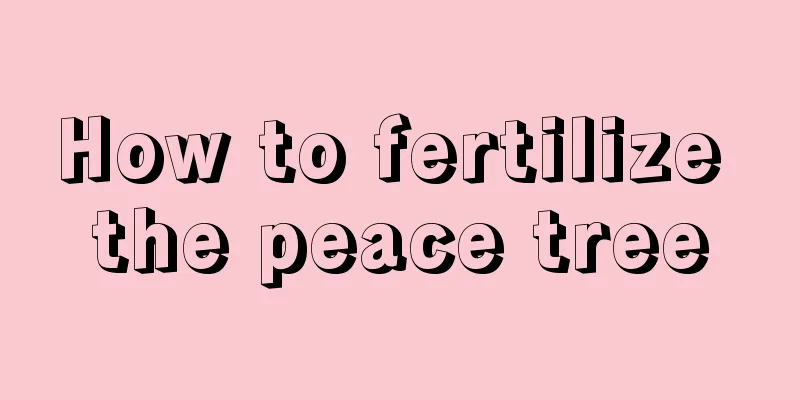Diseases and their control of Elaeocarpus elaeocarpus

Diseases and their control of Elaeocarpus elaeocarpusLeaf blightThe main symptoms of the disease: leaf spots or dead leaves. When leaf blight occurs, appropriate measures should be taken in a timely manner, and pesticides can be used for treatment. Use Butojin wettable powder, or cypermethrin wettable powder, thiophanate-methyl and other agents for spraying to eliminate the disease. CataplexyThe main symptoms after the disease: The Elaeocarpus plants suddenly fall over and turn black and brown. Damping-off disease is mostly caused by the invasion of pathogens. The pathogen invades the roots of seedlings through the soil, causing the seedlings to fall to the ground. This is what we call cataplexy. In addition, the symptoms of disease in lignified plants are different from those in seedlings, mostly wilting. Moreover, if the growing environment is humid, pink colonies of pathogens will appear at the location of the diseased plants. For the disease of seedlings, it is recommended to use drug treatment, spraying methyl thiophanate wettable powder, dichlorodiphenyltrichloroethane and other agents for sterilization. Because damping-off disease is contagious, in order to reduce losses and better control the disease, the diseased plants should be removed in a timely manner to prevent infection of healthy plants. All diseases should be prevented from the very beginning. To this end, it is recommended to disinfect the soil and kill the pathogens during the initial planting period. SunburnSunburn is caused by external factors, and the symptoms of the disease are cracks in the bark and wood, which are prone to breaking in windy weather. The main preventive measure is to pay attention to the planting density and not to plant too far apart. And protect the main trunk of the tree from being exposed to the sun. A feasible way is to wrap the trunk with straw rope for protection. |
<<: Cultivation methods and precautions of Elaeocarpus
>>: Pests of Elaeocarpus edulis and their control
Recommend
What fertilizer is suitable for Polygonatum sibiricum base fertilizer application method
Effect of Polygonatum sibiricum Base Fertilizer P...
Platycodon grandiflorum flower language, pictures of Platycodon grandiflorum
1. Flower Language There are many meanings of Pla...
The best time to prune your jade tree
1. Pruning time There is no fixed time for prunin...
Cucumber planting time and method
Cucumber planting time The best time to plant cuc...
Green plants to ward off evil spirits indoors
1. Tiger Piranha The leaves of Sansevieria are ta...
How to propagate passion fruit and what to pay attention to
Passion fruit reproduction method There are two m...
Can Xanthoceras sorbifolia bloom in winter?
Can Xanthoceras sorbifolia bloom in winter? Regar...
How to grow succulent bulbs and how many years will it take for them to bloom? How big can it grow?
1. Maintenance methods 1. Soil: When growing succ...
Does Platycodon grandiflorum prefer shade or sun?
Does Platycodon grandiflorum prefer shade or sun?...
Why doesn't Milan flower smell good?
1. Insufficient sunlight Generally, flowers have ...
How to propagate the peace lily
one. sowing: 1. The propagation of this plant is ...
How can the leaves of aloe vera dry up?
1. Lack of water Reason: Although the Aloe Vera p...
How to prune azalea
1. Pruning during the growing season The growing ...
What does a green radish seedling look like? How to transplant a green radish seedling
1. Seedling morphology The appearance of the youn...
The efficacy and function of bergamot flower, pictures of bergamot flower
1. Efficacy and effects Buddha's hand flower ...









